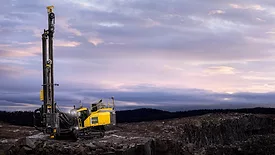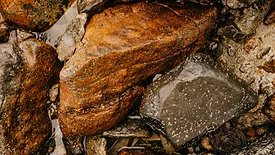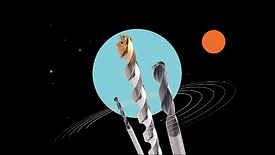Mining & Mineral Exploration Drilling
They are doing so with strong project results and expanded federal backing
Read More
Silver Named Critical Mineral as Apollo Pushes Forward on Major U.S. Project
Federal designation could streamline development of Apollo Silver’s Calico Project in California
Read More
Epiroc partners with Cal-Nevada Precision Blasting in USA
The partnership hopes to expand surface drilling equipment and aftermarket support
Read More
Speedcast Taps Starlink HTS to Boost Connectivity Across COSL Drilling Fleet
Enhanced hybrid connectivity boosts offshore performance, crew welfare, and remote operations for COSL Drilling.
Read More
American Rare Earths Expands Work With Tetra Tech
The Partnership Will Pursue Federal Funding for Halleck Creek Project
Read More
Canada’s New Infrastructure Push Highlights Yukon’s Growing Role in Critical Minerals
A recent federal announcement has placed the Yukon and parts of Northwest British Columbia squarely in the spotlight
Read More
Dormer Pramet Launches New Force Solid Carbide Drills
The new Force range includes Force X Generation 2, Force Micro, and Force Deep Hole Drills
Read More
Lee Zeldin Completes Visits to All 50 States
Emphasizing Local Input, Emergency Response, and Policy Change
As AI Infrastructure Expands, Demand for Gold and Silver Tightens Supply Chains
These materials connect nearly every chip, circuit board and data center worldwide
Read More
Carbon Capture Materials Market Set for Strong Growth
Heavy Industries Push to Cut Emissions
Read More
Dig deeper into the drilling and water supply industry!
Build your knowledge with The Driller, covering the people, equipment and technologies across drilling markets.
SIGN UP NOWCopyright ©2025. All Rights Reserved BNP Media.
Design, CMS, Hosting & Web Development :: ePublishing
.webp?height=168&t=1764644298&width=275)









